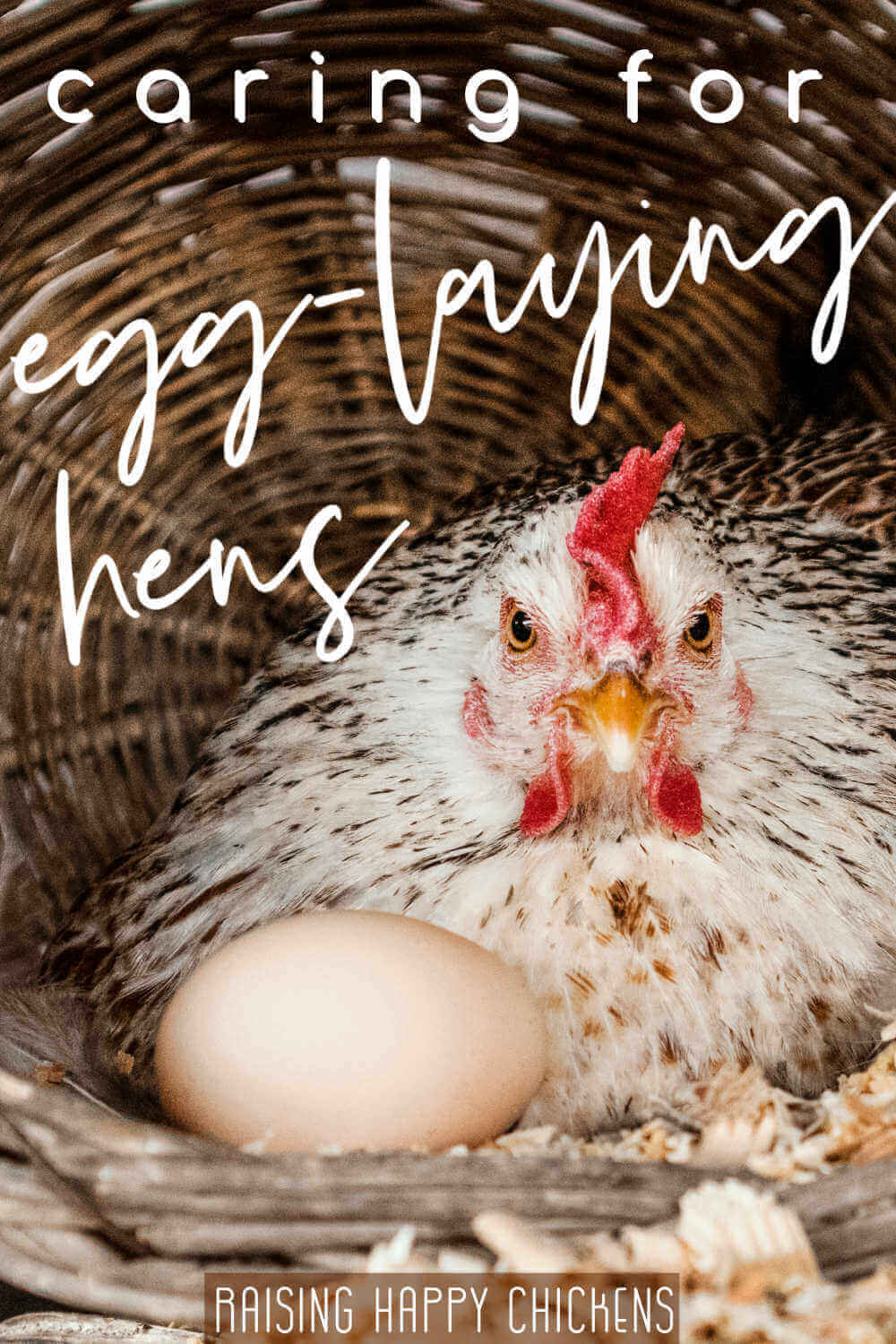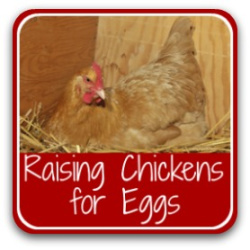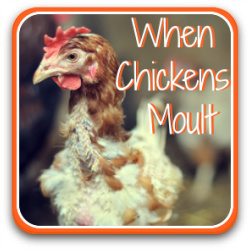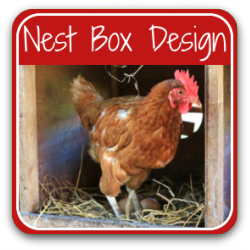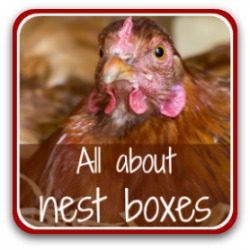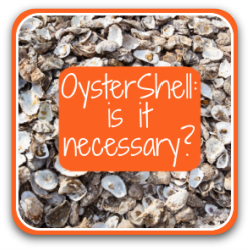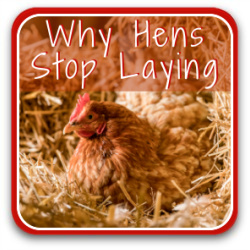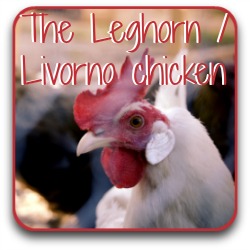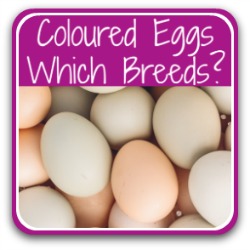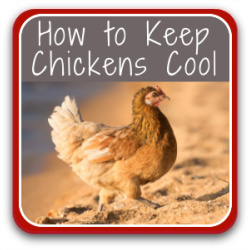- Home
- Hen care
How to care for hens who lay eggs.
Our hens work hard to provide us with delicious, healthy eggs. In return we need to provide them with the best chance of staying healthy and happy.
Here's how.
One of the greatest benefits of keeping chickens is enjoying their beautifully fresh eggs – and perhaps sharing their bounty with family, friends and neighbours.
But not all eggs are equal.
If you're keen to have a group of hens laying healthy eggs while living their best lives, there are four main areas to concentrate care on:
their general health and wellbeing, including moulting
the environment we prepare for them
the food we offer them
the breeds we choose to produce the eggs we want, suited to our individual circumstances.
Follow those links to read my most important articles in each section.

How to care for hens: general information
Raising chickens for eggs – a summary
If you don't have time to read the very detailed articles highlighted on this page, try taking a look at this one instead.
It covers all the basics of how to care for hens who lay eggs, from basic requirements to the best breeds, to when hens start – and stop – laying, and whether keeping hens for eggs is worth the cost.

Caring for hens during the moult
One day everything looks fine. The next morning your coop looks like there's been a pillow fight, and the hens seem to have plucked themselves.
It's time to care for your hens during the moult.
This article covers what it is and the different types of moult, why it happens and when, what to look for, what happens about egg-laying, and how best we can care for our hens during this stressful time.

How to care for hens: the environment.
Optimum egg-laying is dependent on a number of factors in our hens' environment, particularly the size, type, location and positioning of their nest boxes; and whether additional light is necessary in the winter months.
It's critical that nest boxes are in position before your hens are due to start laying; or that if there's an existing flock you review them to make sure you're providing the best.
These articles provide the basic information to help you assess those factors.
Nest box design
This article offers six steps to decide which type of nest box will best suit your situation – and be best for the care of your hens.
It reviews the most critical features, assesses the pros and cons of different materials, and looks at whether it's best to make your own, or go for store-bought.
And finally, it looks at the popularity of the "roll-away" nest box and how to create a home made version.

Nest boxes: what works best for optimum egg-laying?
This article covers the five features which make nest boxes the ideal place for your hens to lay their eggs.
It deals with the size each one should be, how many are required for the number of hens you have, and which bedding is best.
And, of course, the most contentious of all questions: do hens really need curtains on their nest boxes?

Light in the coop?
Whether or not to provide light in the chicken coop to help our hens lay longer into winter months is a matter for every chicken-keeper to decide, based on each of our individual needs.
But it's not widely known that the quantity and quality of that light has a direct impact on whether it's effective or not.
This article covers both the questions to ask, the proven most effective length of time light should be offered, the type and colour of light which has most impact on egg-laying, and whether it has any effect on the health of our hens.

How to care for hens: food.
Just as for humans, the quantity and quality of the food we provide for our hens will have a direct result on the quantity and quality of eggs they lay.
These articles cover what is the best feed for laying hens, when they should be given it, and what supplements they need.
What do hens eat?
The main food for all chickens should be a high quality grain. But needs change through the life stages from chick to adult.
What should laying hens eat, and when should they begin eating it? Should it be medicated? Are there particular vitamins and minerals they need? And is there any difference between pellets and crumbles?
Find out in this article.

The role of oyster shell in the care of laying hens
Creating an egg with a strong shell takes an enormous amount of calcium. If a hen doesn't have enough in her food, her body will take calcium from her bones, causing serious health problems.
This article covers the detail of how to make sure she has free access to a good quality source of calcium: why it's required, where to find it and how to feed it, and what to do about chickens who don't need it at all.

How Marigolds help egg laying hens
One of the easiest flowering plants to grow, Marigolds also offer a variety of bonuses for laying hens.
But did you know that different types of Marigold have different benefits? So which one is a proven antioxidant? Which makes egg yolks a deeper shade of orange? Which helps create healthier eggs? And how to feed them to chickens, anyway?
Find out in this article.

Why has my hen stopped laying eggs?
So you've taken care of their nest boxes, they're getting the right food and supplements, but suddenly your hens stop laying.
What's going on?
This article reviews ten different factors to check – after first asking have your hens really stopped laying, or is there another explanation?

The best laying hens for eggs.
If you're just establishing your flock and want to consider which breeds are best for your situation in order to provide you with the best quantity and quality of eggs, these articles will help.
Red Star chickens: the best brown egg-layers of all?
Red Stars, or ISA Browns, or Cinnamon Queens, are a hybrid chicken which has been bred specifically to produce a standard light brown egg a day – every day.
Curious, funny, great foragers and happy in most environments and climates, they're many people's go-to hen when building a flock to produce the maximum quantity of eggs.
Will she suit you and your family? This article will help you decide.

Want white eggs? Here's how to care for the Leghorn (Livorno) hen
A reliable layer of beautiful, large white eggs, the Leghorn or Livorno chicken breed is happy in any climate. She is also a great forager, never happier than when free ranging to find delicious bugs to make her eggs even healthier.
This can also make her independent, a bit of a loner, so this breed may not be for you if you're looking for a cuddly, friend.
Take a look at my detailed review of the breed before you commit.

The best breeds for a basket of colourful eggs
We may love all our eggs, but there comes a time when we like to see an egg basket of different colours.
This article explains which chickens lay light brown, chocolate brown, white, green and blue eggs – and whether there's any truth in the rumour that there's a black egg-laying breed.
Is one colour of egg any more nutritious than another? That's covered too!
- Home
- Hen care
